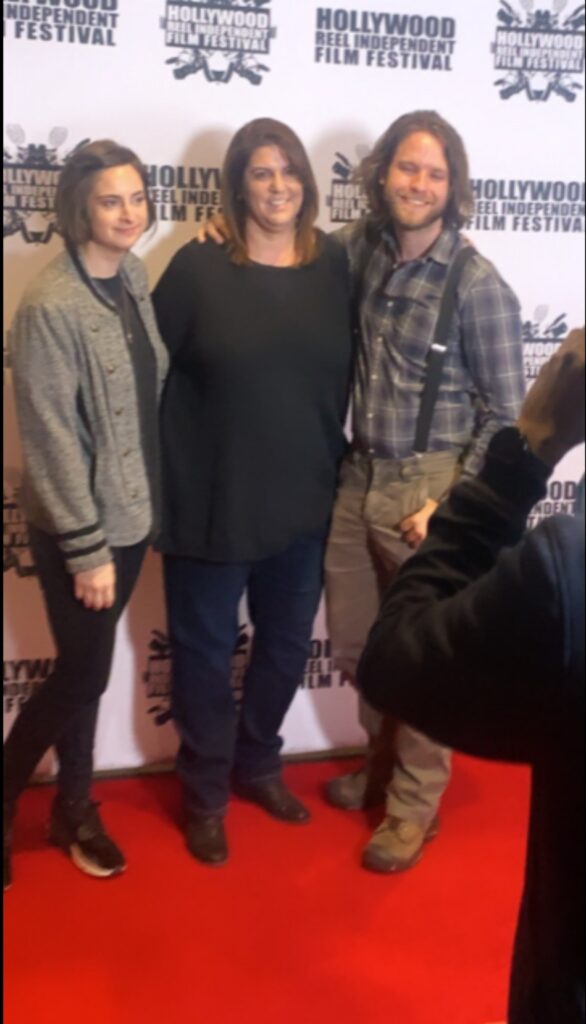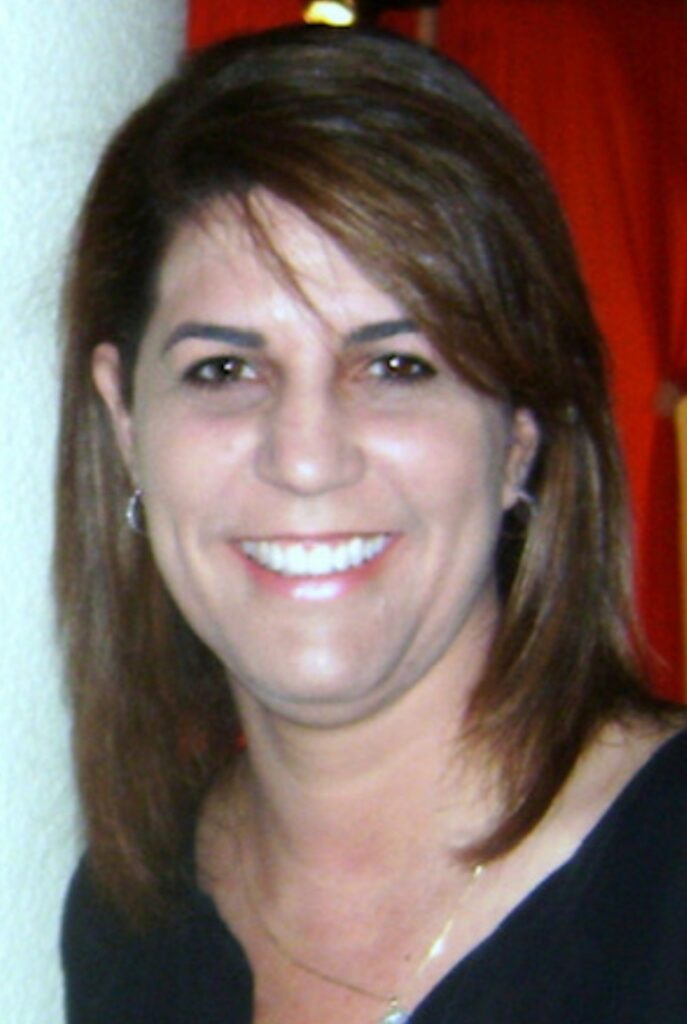You were born in New York and grew up in Cincinnati. At what age were the Arts introduced to you?
I just always remember loving watching movies and I was a bit of a latchkey kid watching a lot of television. I even knew the weekly TV schedule of every show and time it was on – back when there were only 3 channels though! I was in drama classes and just always was writing – journals, poetry and stories. I loved old films, especially in black and white. I would sometimes go to 2 or 3 movies in theater in a day. Even as a teenager I loved going to movie theaters and found sitting in a theater was always a bit of a sanctuary for me.
What was the “moment” you knew you wanted to be a writer?
Actually since I was young, my Mom who was a teacher, always told me I was a born writer. I was always ahead of my class in writing and reading. My older sister had a tiny chair and chalkboard and would make me read a book out loud or hit me with the ruler! (Joking!) But, she did make me be her student! Up until junior high school I played tennis and was almost going to go pro, but I knew I liked to do other things too, so when I went into high school I quit training and started writing for the school paper, and took drama classes.
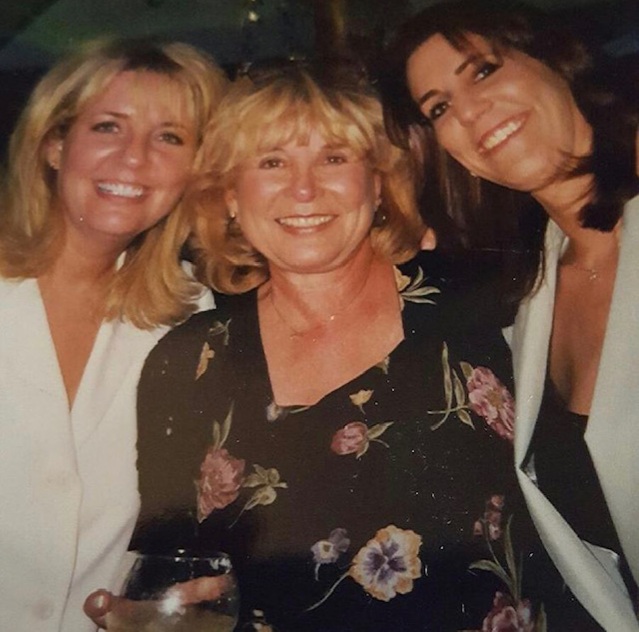
Did you have a support system embarking on your creative journey?
Yes I am very fortunate that my whole family totally supports me and always have. And all my friends are incredibly encouraging and supportive. I am very lucky in that sense having veterans in the business who believed in me, as well as up and coming talent as friends, who I also work with.
You moved to Los Angeles when you were 18 years old to study at the UCLA Extension Writers’ Program. What made you want to be a writer and move to L.A.?
When I graduated high school, I had a scholarship for journalism and enrolled at Ohio University, and came out to LA to visit my Mom and stepfather for the summer. I had a summer job at a movie theater at the Century City Plaza and actors like Richard Harris would come in. Everyone who worked there was a young actor or writer. I made friends with a group of working actors and writers and since I always knew I wanted to be a screenwriter, I decided not to go back to Ohio college since I knew 100% what I wanted. I knew I could study film full time in LA. I moved to an apartment on Hollywood Blvd. when I was eighteen.
What was that learning experience like at UCLA?
I got into the UCLA creative writing extension program and also studied in an actor’s studio program. I only lasted a year at UCLA. There were great professional writers as teachers and came to give lectures. I honestly got bored though with only taking classes once a week for an hour, so I started taking screenwriting seminars like the Robert McKee Story Structure seminar that packed in 3-12 hour straight days. I did take an incredible rewriting class at UCLA with Mitch Markowitz, who wrote “Good Morning Vietnam”, and it created my process for writing. He would have us write the same scene over and over, even past when we thought it was perfect. It was an invaluable class to see how a scene could get exponentially better and tighter by rewriting it – and in turn the evolution of a screenplay from rewrites. It also contributed to being able to make a living rewriting scripts which is the bread and butter of most writers. And then I just studied and learned as much about the actual craft of writing a script, which is a very specific craft and different than any other form of writing, if done correctly. I also learned by watching films with the shooting script in hand, and breaking it down beat by beat.
Soon after, you became a working screenwriter in Hollywood. Tell us a little bit about your journey as well as your critically acclaimed film “MacArthur Park”.
I am not as fortunate as some in the business, but more so than others, so all I can tell you is I just keep working and get lucky being involved with projects I’m proud of. I have always been working – writing a script, whether it’s a spec or work for hire or shooting an indie project. I’ve been lucky to work with incredibly talented people on all levels. My behind the scene mentors were Earl Lestz and Paul Haggar through my Stepfather, Marty, who were head of studio operations and President of post production at Paramount, who always believed in me always. I used all Paramount facilities and had incredible access for my indie films. I was so lucky to do indie films with studio level facilities, equipment and people.
Billy Wirth and I met when a mutual friend of ours sent him a script I wrote called, “Little White Lies”, about a man trying to save his younger brother from addiction. Billy was going to act in it. At the time he had a draft of “MacArthur Park” with some great actors attached and asked me to rewrite it. We spent six months reworking the draft with original 500 hand written pages from Tyrone Atkins, whose story it’s based on, and Billy directed it. Sundance premiered it and also distributes it. I’m really proud of it and Billy did an incredible job on it I thought. We had an amazingly talented cast also.
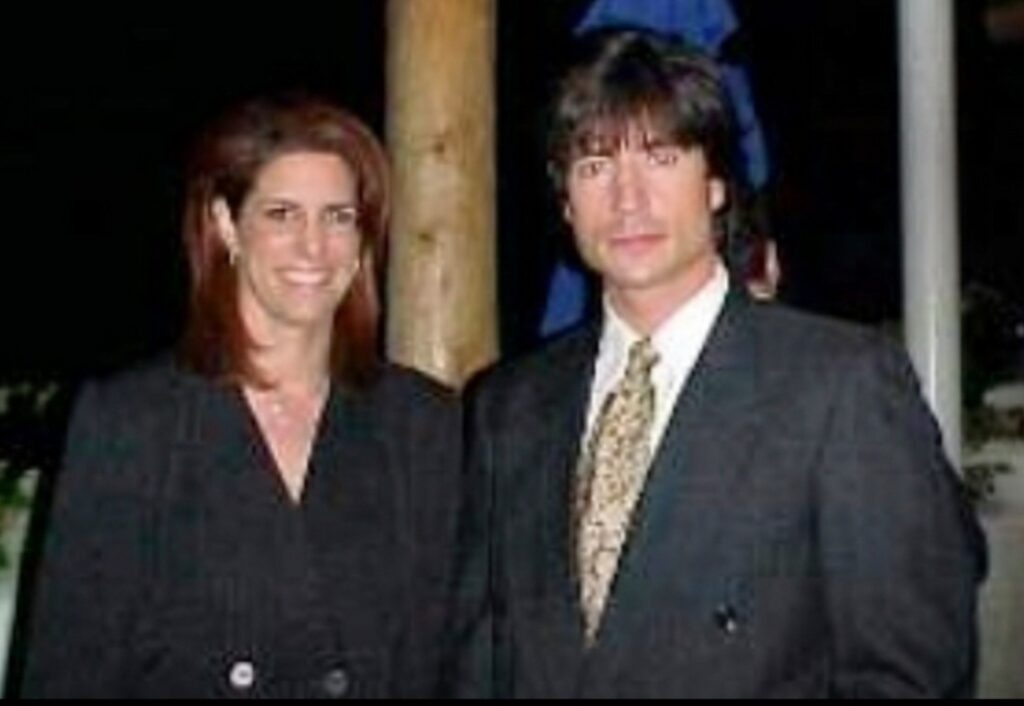
You have written award-winning feature films, documentaries and shorts. Give us some insight into what your writing process is like. Does it change script to script?
I always have the exact same process as when I first started writing. Although I am exponentially faster now. I spend two-thirds of my time thoroughly working through an outline in a “train of thought” form before I start scripting. It includes subtext, pieces of dialogue and notes for myself and most importantly – the structure of the tentpole turning points and foundation of the film. Then I quickly knock out a rough draft, without editing so I can fly with dialogue and scenes from my outline without thinking and writing from purely in the moment. For me it works best, since I’ve worked out so much in my outline – this gives me the freedom to write from purely what happens in the moment when I’m “inside the script”. The characters and story take on a bit of magic and do things I hadn’t even expected and I just go with it. I know my structural foundation is solid, so there’s freedom in that. I never “stick” to any pre-conceived ideas I have of how the story or scenes will be played out. I do always go back to what I call is “the original intent” of a script, a scene, a beat, a character, or even a piece of dialogue. When I have my rough draft that nobody else reads, I go back through and make notes for myself and then rewrite till I think it’s solid. Then I have 3 friends who are very literate and I trust their comments on my scripts and they know my work, and they give me notes that I tweak. Some scripts I have over a long period of time that I am looking to finance myself and so I always update them and rewrite as needed.
Are you drawn to writing a certain type of story?
I love all genres and I write all genres. I love just like anyone, compelling stories really. I’m very drawn to “broken people” stories that show compassion and yet show reality with total truth and don’t hold anything back. I’m drawn to cliches that I can turn on their head – like the “back of the head” idea that most people have thought about and then let it pass. I love when you “catch” those thoughts and delve into them and give a deeper look at them with an alternative viewpoint. I love inspiring and dark, tragic stories that show how vulnerable all people really are, and how delicate and unpredictable and beyond understanding life is really. I try to tell stories in a way that presents a different thought, and lets the audience contemplate a topic or person in a different way than they had before, while offering no stock or simple answers. Which is just how I view life – more questions than answers and no simple explanation for anything. Life and people are complex and duplicitous, so that’s what I am drawn to in a story.
Your film “Nowhere To Go” feels like a deeply personal story from the writer. It deals with depression and suicidal thoughts – and not seeing a way out of the darkness. What was the catalyst for you to begin writing this script? Is there a personal connection for you as the writer to this story?
Sure. Since I was a teenager I’ve dealt with depression, alcoholism/addiction, and suicidal thoughts are always a part of that from my experience. I was one who didn’t ever really want to die by suicide, but when in my darkest moments, I always dealt with suicidal thoughts and attempts. This script is about that very specific place where you contemplate your choices and the skewed perception in your mind doesn’t see any other option, and so you struggle deeply within yourself. It’s not something you can articulate to anyone, because innately people just want to “fix” you, or preach to you, as if it’s all that simple. And also as if you don’t have those conversations in your own head daily. It’s more painful when you are aware of where you are and can see from the outside what your life is like. And when you’re younger you think it may never change, so the hopelessness is what I wanted to write about and the one simple moment that can bring someone hope is often inexplicable.
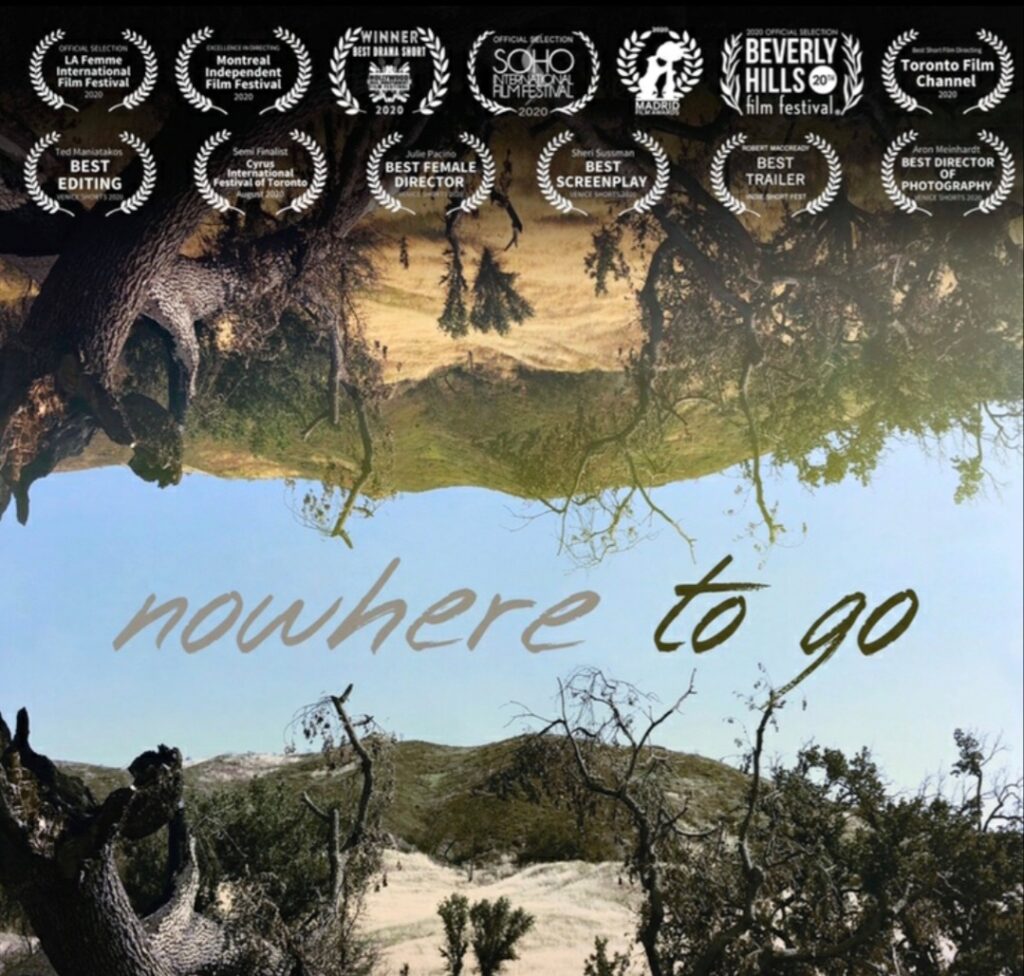
How did the screenplay evolve from the first draft to the final version that we see on screen?
The original script was 22 pages long and was a conversation between the two characters as if it were one long poem/monologue/rant – as if they both were of the same mind. It was always set in the middle of nowhere and when she wakes up with the bottle of pills they are half empty and he is gone. She walks to the road and looks both ways knowing she has a choice now. It was meant for the audience to determine if he was real, an angel, or her subconscious. It originally was more of a “Harold and Maude” reality based tone except for the guy was always meant to be ambiguous as to who he was or was not. To me it’s all the same, I wanted to show how people are put into our lives, from wherever you believe, to keep each other “going” if we are open to seeing them. I rewrote the script with many conversations with Julie, about the style of the film she wanted it to be – which I loved her vision. The script ended up to be 8 pages and became more of a visual odyssey, instead of a verbal exploration into the cliche’ random thoughts of the two characters in their moment of contemplating suicide.
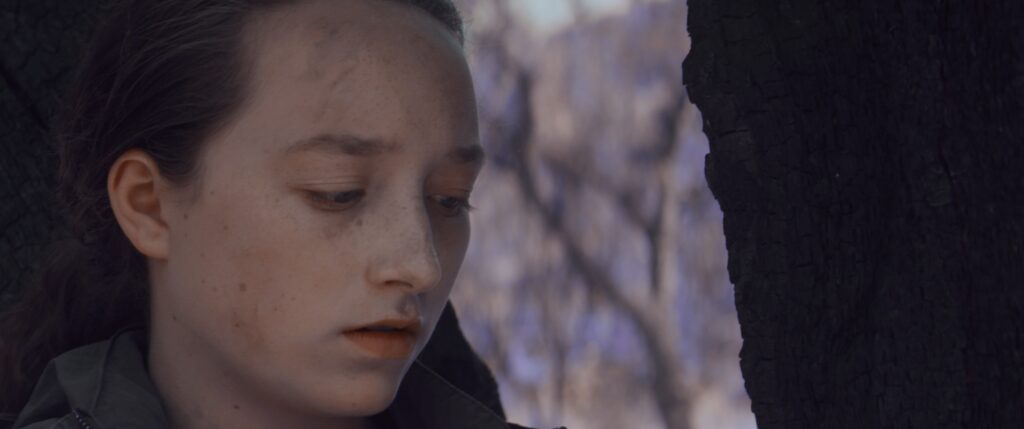
The idea of literally setting it in purgatory was Julie’s concept. I always thought that the characters metaphorically are in purgatory. We got the location – The Paramount Ranch – right after the fires and it was almost all burnt landscape. But there were new flowers and fresh grass growing out of the ashes – literally. Julie saw the photos and just went all the way with it, which I thought was really brilliant and so perfect for this story. It lead to the film being visually a poem as I had always wanted, like you’re floating through the film. One of the reasons I gave it to Julie to direct was to see a different cinematic interpretation than I would have, yet holding true always to the original intent and thoughts of the story and characters. I knew she “got” the story and always maintained the idea that a simple human connection, not one of preaching or someone trying to “fix you” was the point of view, and empathy at the end of the day and knowing there is at least one other person in the world out there who feels the same can at least give you a bit of hope to make it another day. I am still blown away by how beautifully she interpreted the script.
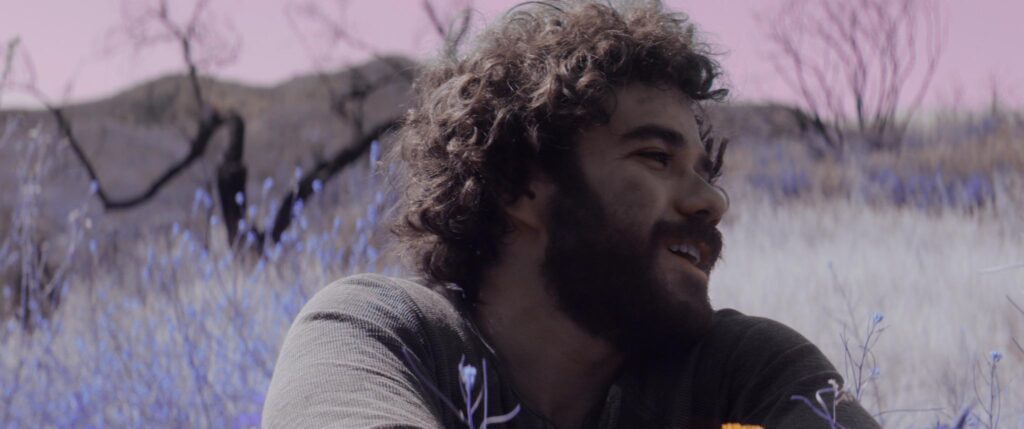
How long did it take from the beginning stages of the script to filming?
I wrote this script fifteen years ago and had many other friends, actors, and directors who I almost did it with! But, from the time Julie and I decided to do it – it was 3 months till we were shooting.
Julie Pacino directs this award-winning short film. How did that connection happen?
We have been friends for ten years and always have bounced our work to each other. Julie was shooting shorts in New York and I just sent her “Nowhere to Go” to see if she wanted to direct it. I thought she would do something cool with it and I trusted her explicitly, so thought it was time to “let it go” and wanted to see it get made. I was always a fan of her work and her sensibility. She has great visual style that I always loved.
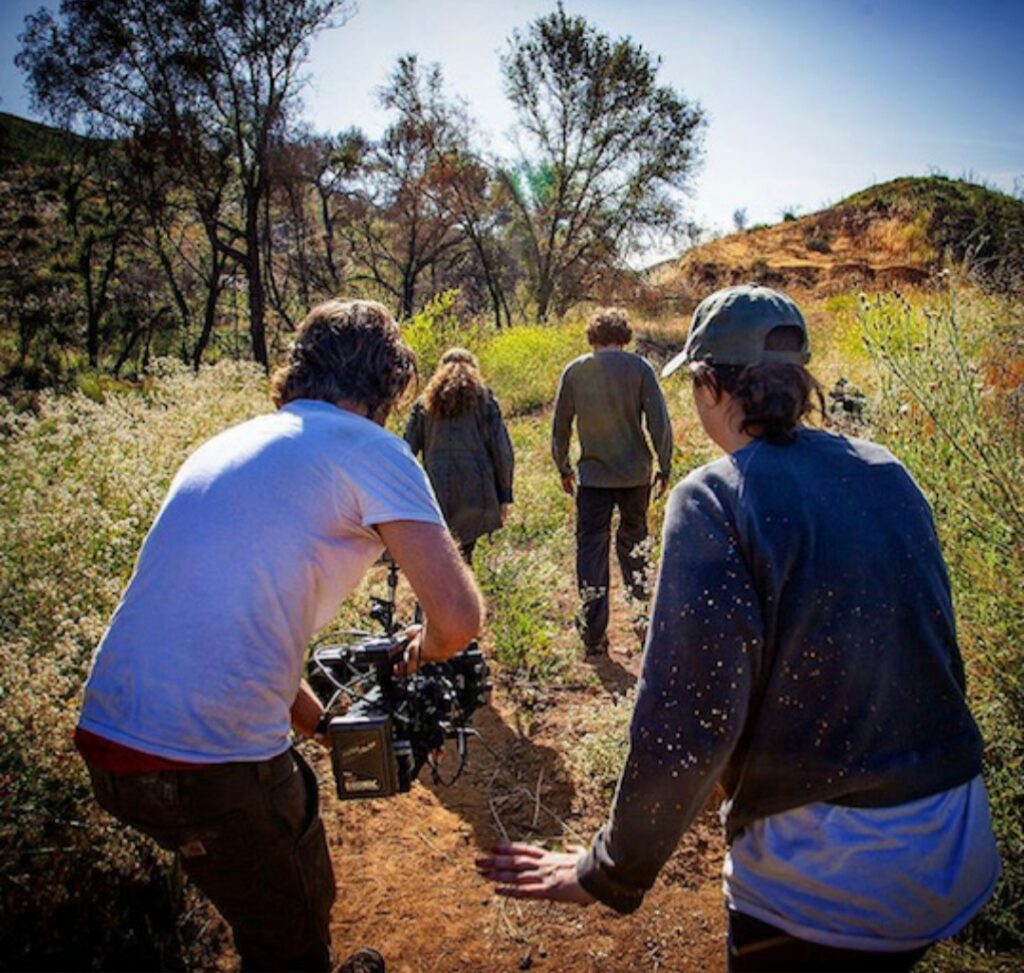
You currently live in Los Angeles and Julie lives in New York. Was it easy to collaborate long distance on the project?
Yes it worked out well. Julie came out to LA for a few months for pre-production and shooting. She and her editor, Ted Maniatakos edited the film in New York and sent cuts. And then Julie came out to LA again for final post.
Did both you and Julie work hand in hand with casting, preproduction, filming and post production?
Yes. And Aron Meinhardt who also was a producer on the film and our DP.
There is a lot of beautiful symbolism in the story. Was that written as we see it or was it later explored?
Most of it came later after we had the location, which was the Paramount Ranch, right after the fires. I had shot there years ago and always knew it would work for this film. Julie added so much of the symbolism also visually – from the caterpillar to the details of the “world”.
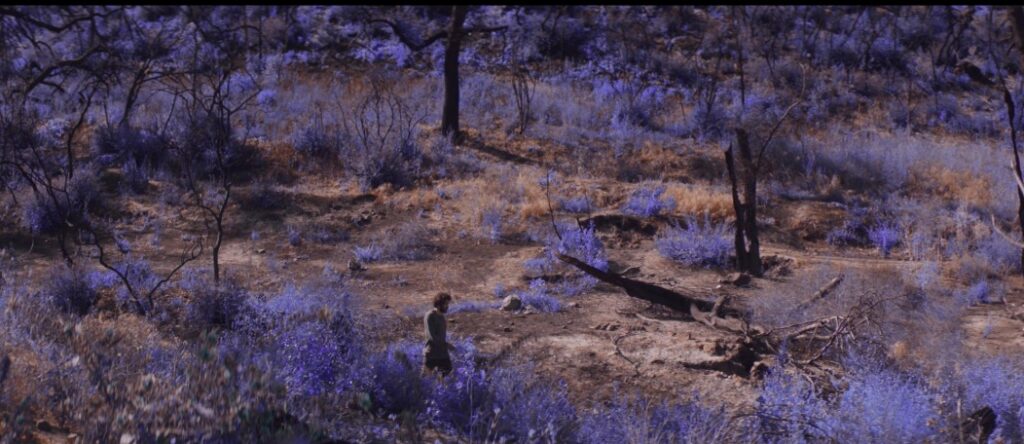
There’s also a lovely ambiguity surrounding the story that leaves room for personal interpretation. Was that always your intention as the writer or did it develop as the story did?
Yes it was. It never was meant to be taken literally. It was always meant to convey a feeling. A place in anyone’s life where you are stuck. You don’t know how to get free from it. And in the corniest most simplistic way, another person listening and empathizing without judgement is enough to shake you free to even contemplate a new thought. It could be meeting someone at Starbucks for five minutes even.
Your production company is SPIRAL GATE PRODUCTIONS. Tell us more about your company including what kind of stories you want to tell.
We want to tell all kinds of great original and unique stories. I write all genres and produce all genres as well. It’s not the subject that matters to me, but an artists unique point of view of a topic that inspires me. We are raising financing for a feature that’s a satire about the fringe side of Hollywood called “One Week In Hollywood”, that I wrote and will direct. We have some great veteran, as well as up and coming actors, attached. And we are trying to set up a true story “Spirit Of The Just” about a teenage Polish/Jewish girl who made it through WWII all on her own.
Lastly, what do you love most about being a writer?
Everything really – except “pitching”! I still love the actual writing the most. The solitude. The initial complete freedom of creating, as they say – from a blank canvas, before anyone else gets involved. I still love sitting alone at a computer and creating this world and meeting these “people” and hearing their voices in my head (without anyone locking me up!) And I love rewriting or developing ideas and even someone else’s idea to see it become fully what they intended it to be. Being a writer is the closest thing to being the master of a universe that you create the rules and who is allowed to do what and when. It’s a pretty cool gig!
